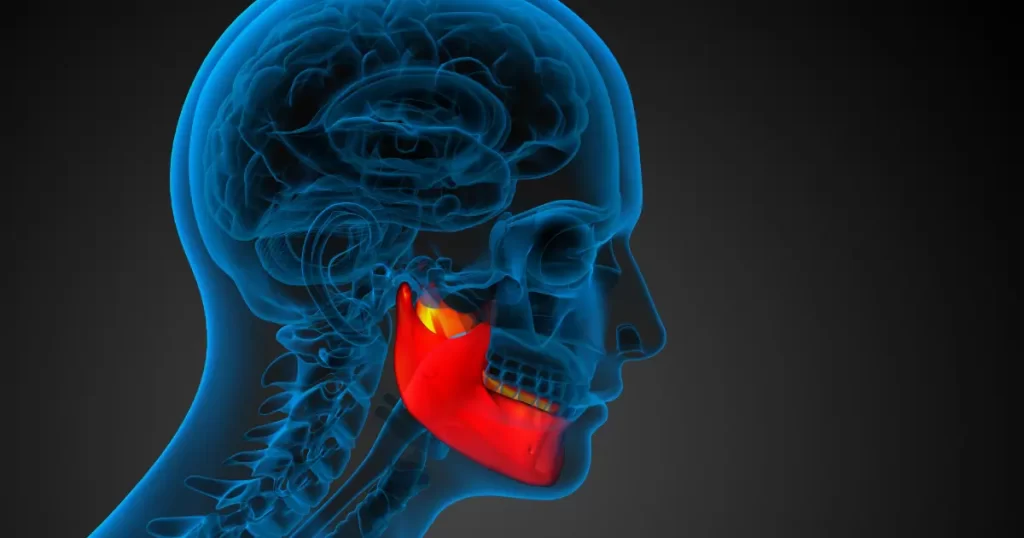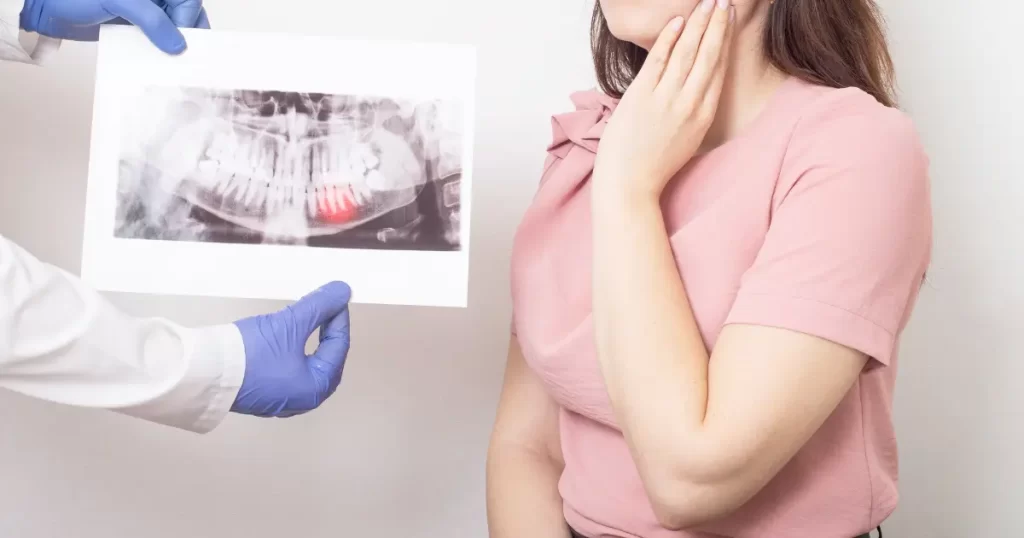The jaw joint is one of the joints that people need the most during the day. This joint, which must be moved and transported in order to feed and communicate, is of vital importance. Depending on the lifestyle, unwanted discomforts such as calcification and slippage may be experienced in the jaw joint. The jaw joint can be damaged for many reasons such as teeth clenching, a stressful life, and using one side of the jaw during feeding. The jaw joint treatment in this case should begin immediately. Because everyone needs this structure, especially for nutrition. At the same time, everyone needs to be conscious about jaw health.
Does the jaw joint discomfort go away by itself?

Although it is used thousands of times every day, the presence of such a joint is not felt unless there is a problem. However, lifestyle and some disorders can cause damage to the jaw joint. Those who lead a particularly stressful life, those who work in the cold, and those who grind their teeth while sleeping at night, unwittingly apply pressure to the jaw joint. This unnecessary movement causes great harm and jaw joint treatment is required. The main causes of painful joint discomfort at this stage are listed as follows:
- Teeth clenching and grinding
- Posture disorder in the neck is once again on the agenda with the use of phones and tablets. Exposure of the joint to pressure with constant tilting of the head
- Jaw closure disorder that may be caused by teeth
- Disproportionate pressure caused by chewing with only one side of the jaw
As can be seen, as a result of a long irregularity, the problem arises and jaw joint treatment is needed. However, hearsay or risky alternative methods should not be tried. It is also not right to expect the disease to pass by itself. The most important stage for the treatment of the ailment is the correct diagnosis.
How Long Does Jaw Joint Treatment Last?

First; The disorder that affects vital activities such as chewing and talking should be diagnosed. For this issue in the field of physical therapists, it is possible to cooperate with maxillofacial surgery, otolaryngology specialists, and psychiatrists. The right diagnosis brings with it the right treatment.
The start of treatment begins with the diagnosis. Then the specialist physician determines a timetable. Pain can be reduced with some interventions and medications. But the duration of treatment varies according to the condition of the disease and personality characteristics. In this regard, more work falls on the doctor, his program and the patient. Because the way to get rid of this discomfort is through personal efforts and exercises. For the treatment of the ailment, the following methods are used:
- Exercises: The best method of relieving pain in jaw joint exercises. In this regard, the exercise program to be given by the physician should be followed one by one. Exercises should be done without interruption to start working the joint and return it to its former healthy days.
- Physical therapy: This method, which is applied to rework many parts of the body and revitalize the muscles, is also often used for the treatment of the jaw joint.
- Drug treatment: Painkillers can be used in treatment, not to eliminate the source of pain, but to relieve unbearable pain.
- Injection: Depending on the interval suffered by the jaw joint, injection is applied to the joint to prevent the bones from rubbing against each other.
- Psychological treatment support: Psychiatric treatment support may be required to solve the cause of tooth clenching, especially due to stress.
In this regard, determining a period of time for the treatment of the jaw joint does not indicate a correct approach. The patient’s commitment and effort to the program determined after the physician’s examination is also important. Therefore, the duration varies according to personal characteristics and behaviors.
What Happens If Jaw Joint Disease Is Not Treated?
Human beings have to be human beings and communicate in order to survive. Therefore, the jaw is one of the most vital organs. However, depending on the living conditions, the joint connecting the jaw to the spine can become uncomfortable. Since this process spans a long time, the diagnosis of the disease starts late and the treatment is late.
Pain in the joint connecting the jaw to the neck is the most important harbinger of this disease. Apart from this, if there is a sound coming from the joint, if there is a pain when chewing or talking about something, it is time for examination. When the jaw joint is not treated, one of the vital functions suffers great damage. It’s a time when feeding and talking have become difficult. In this process, the late start of treatment brings irreversible disruptions. The result can lead to intervention and a painful process. Therefore, you should pay attention to your jaw health. Especially if you have a problem such as teeth grinding and clenching, you should quickly turn to treatment.






